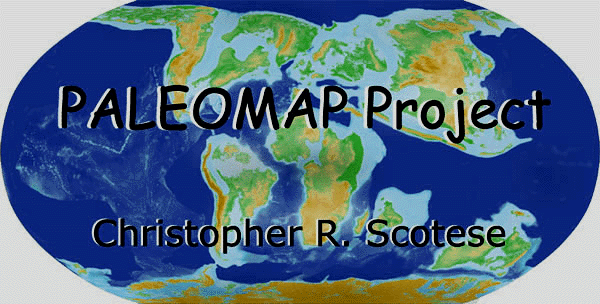
|
|
|
|
More Information about the Cretaceous
The second phase in the breakup of Pangea began in the early Cretaceous, about 140 million years ago. Gondwana continued to fragment as South America separated from Africa opening the South Atlantic, and India together with Madagascar rifted away from Antarctica and the western margin of Australia opeing the Eastern Indian Ocean. The South Atlantic did not open all at once, but rather progressively "unzipped" from south to north. That is why the South Atlantic is wider to the south. Other important plate tectonic events occurred during the Cretaceous Period. These include: the initiation of rifting between North America and Europe, the counter-clockwise rotation of Iberia from France, The separation of India from Madagascar, the derivation of Cuba and Hispaniola from the Pacific, the uplift of the Rocky mountains, and the arrival of exotic terranes (Wrangellia, Stikinia) along the western margin of North America. Globally, the climate during the Cretaceous Period, like the Jurassic and Triassic, was much warmer than today. Dinosaurs and palm trees were present north of the Arctic Circle and in Antarctica and southern Australia. Though there may have been some at the poles during the Early Cretaceous, there were no large ice caps at anytime during the Mesozoic Era. These mild climatic conditions were in part due to the fact shallow seaways covered the continents during the Cretaceous. Warm water from the equatorial regions was also transported northward, warming the polar regions. These seaways also tended to make local climates milder, much like the modern Mediterranean Sea, which has an ameliorating effect on the climate of Europe. Shallow seaways covered the continents because sea level was 100 - 200 meters higher than today. Higher sea level was due, in part, to the creation of new rifts in the ocean basins that, as discussed previously in this article, displaced water onto the continents. The Cretaceous was also a time of rapid sea-floor spreading. Because of their broad profile, rapidly spreading mid-ocean ridges displace more water than do slow spreading mid-ocean ridges. Consequently, during times of rapid sea-floor spreading, sea level will tend to rise.
|